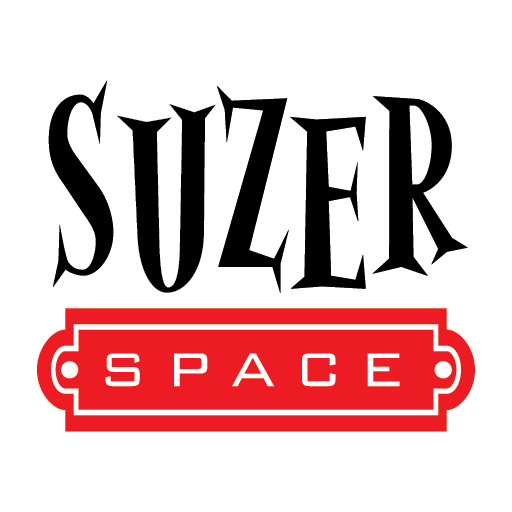There are three holidays in the summer that cry out for patriotic decorations – Memorial Day, Flag Day and Fourth of July.
For this wreath, I used what I learned making the mini Happy Day spring wreath. By changing the shape of the “stems” and adding some correctly colored circles for berries, I created a fun door decoration I can use whenever it’s called for.
In Adobe Illustrator
I searched the web for images of berry laden stems, and then simplified them into two versions, a tall one and a short one. I also created an additional circle that was just a little larger than the ones on the branches so I could add the red, white and blue berries on later.

I exported the file as a DXF, since the basic version of Silhouette Studio can’t work with an AI, EPS or SVG file, but it can use the DXF format.
In Silhouette Studio
I set up my Design Page settings for 9 x 11 to match the paper I had selected.

I duplicated and moved the branches around until I could fit as many as possible on a sheet. I sent the file to cut, weeded it and repeated until I felt like I had more than enough pieces to fill out my shape. This does not have to be an exact science – if you guess wrong you just go back and cut more.

I then duplicated and aligned the circle that becomes the berry, and cut a sheet each of them on white, red and blue paper.
Final Assembly
I used my standard trick of cutting a circle out of a cereal box using a bowl for a guide, and just like in the other wreath project, I began in the upper left corner and used tacky glue to adhere the stems down, working to cover the cereal box and keeping the wreath really natural looking. This means you don’t want to overlap the stems too perfectly – some should stick out a little bit higher or lower than others.

It turns out I had way more than enough stems cut, so I decided to go ahead and glue them on the back of the wreath. The back of the wreath won’t ever be seen, but by doing this, I added a little more dimension to the piece.

I let this stage of the project dry for a while so that it wouldn’t fall apart as I glued on the berries.
I eyeballed the wreath into thirds and began gluing on the circles of red, white and blue. At some point I realized I didn’t have enough of two of the colors and went back and cut additional circles to finish.
Once complete, this hangs on the nail on my front door.

SaveSave










